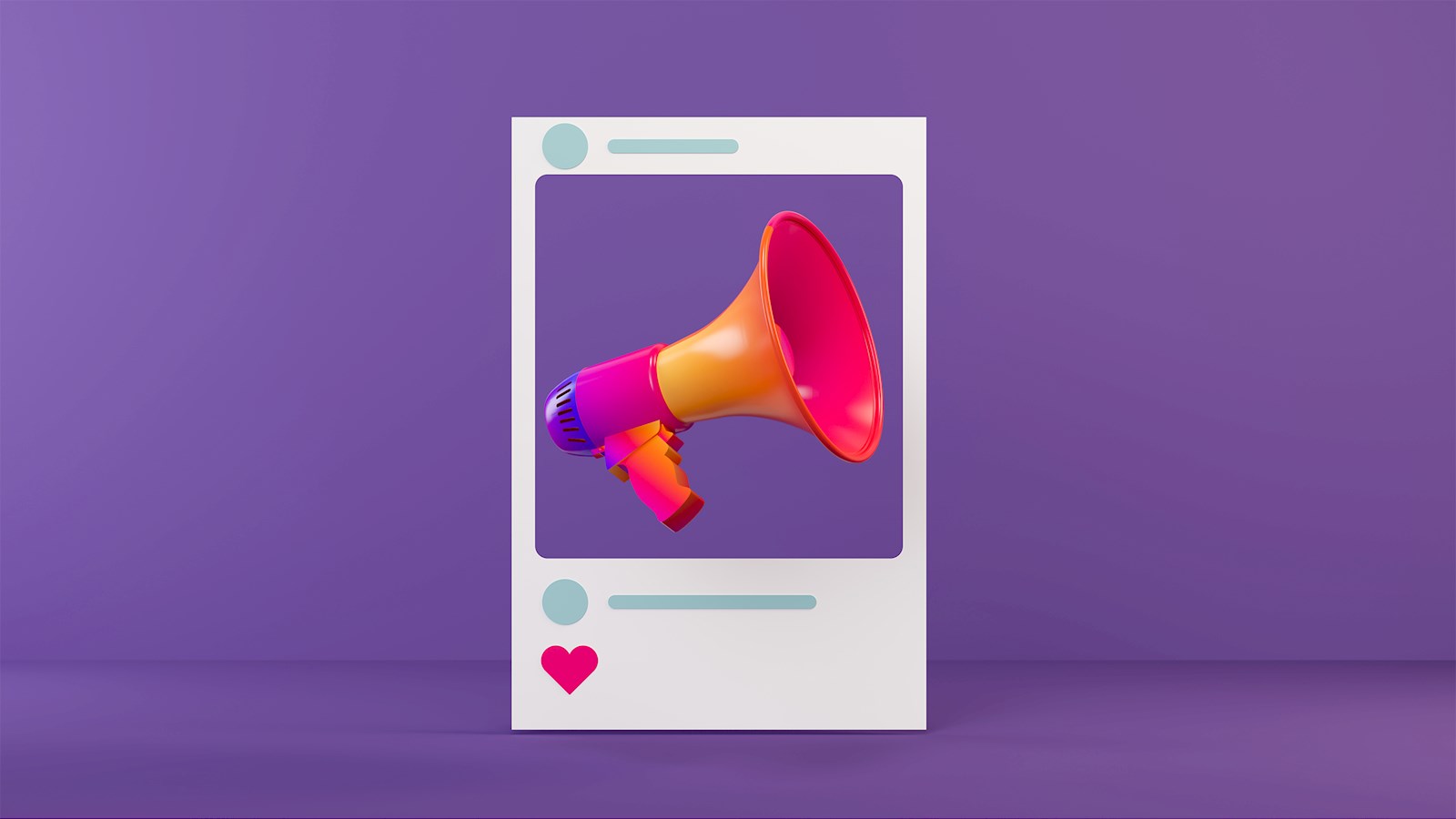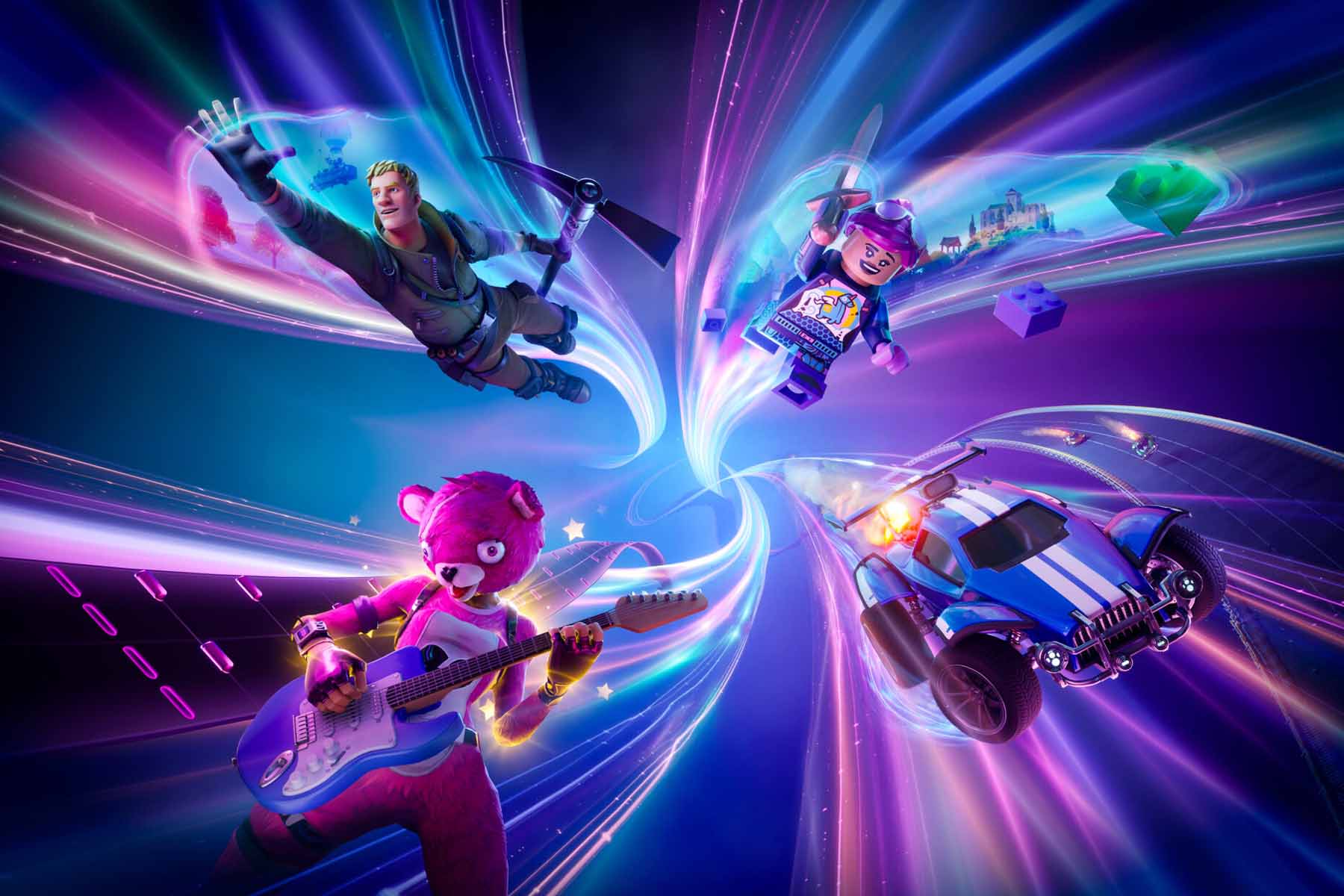
Key trends that will shape influencer marketing post-pandemic
How influencer marketing is evolving as the post-COVID world takes shape
The global pandemic is far from over but as governments gradually remove restrictions and businesses begin to reopen, there’s a sense that we might be on the verge of returning to ‘normal.'
Over the last year and a half, the pandemic has been highly disruptive to many industries. It has changed the way we live, the way we work and the way we socialise.
Digital 2021: Global Overview reveals that connected technology became an even more essential part of people’s lives. Social media, ecommerce, streaming content and video games have all seen significant growth in the past twelve months.
- Social media users grew at the fastest rate in three years to 4.2 billion (Digital 2021: Global Overview)
- 54% of people are no longer paying attention to the amount of time they are spending on social platforms (Global Web Index, 2020)
- Trustworthiness is the trait people have looked for in influencers and creators following the outbreak of COVID-19 (Global Web Index, 2020)
The change in digital content consumption behaviour has important implications for brands trying to build lasting relationships with consumers. As we start to enter this new world, influencer marketing gives brands a vital way of reaching audiences in meaningful and relevant ways.
At a time when brand building and audience engagement is key, here are the key trends shaping influencer marketing post-COVID-19.
Ecommerce will play a considerable part in the future as brands look for greater returns on their investment
Consumer experiences are amplified with the introduction of social commerce, as purchasing a product directly from social media is an increasingly frictionless experience. According to eMarketer’s report, retail ecommerce sales worldwide will reach US$5 trillion by the end of 2021.
In China, Gen Z now buy directly from retailers on social media, with projected revenue expected to top US$80 billion by the end of 2021.
These stellar sales are hardly surprising if we consider that Chinese social media platforms are multifunctional and have a broader purpose. The advanced functionality and integration of social media, ecommerce and digital payment in China has facilitated business models which are yet to emerge in other markets.
Consumers prefer social-driven purchases because social platforms create more engaging experiences than traditional shopping. Innovative technologies like VR, AR and AI-powered chatbots have pushed visual retail to the forefront. This new technology will not only enhance the shopping experience but also make the process more authentic, trustworthy, convenient and positive.
Video is the future of influencer marketing
Digital video is a more important tool than ever for brands to inspire, engage and interact with consumers. The popularity of short-form videos is surging. The rise of TikTok led to an explosion in the popularity of bite-sized video content, and now other social platforms everywhere including Instagram Reels, Thriller, YouTube Shorts and Dubsmash are refining their video offerings.
Consumers have short attention spans and now expect content to be available instantly. For brands, the competition for people’s attention has never been tougher. So how can you capture this shrinking resource with your influencer marketing tactics?
It’s a great time to try something new. Tap into influencers’ creativity and user generated content (UGC) to create immersive experiences for audiences that can drive impressive results.
Collaboration is enabling creators to meet people’s ever-increasing demands for video content. Brands can even use followers’ comments as the foundation for new content (a well-used tactic among YouTubers). This helps a brand focus on current trends while also creating content that could go viral.
Video content will continue to grow after the pandemic, as the rise of social platforms like TikTok demonstrates an ever-growing demand for video content. They inspire users to not only watch, like and comment on videos but also create them – giving brands an entirely new approach to getting their products seen through USG. Brands that want to capitalise on the popularity of video should develop short-form video strategies to stay relevant.
Live content is beginning to emerge in the mainstream
Live streaming allows viewers to engage with popular influencers on a whole new level. For example, the tech and gaming company NetEase worked with influencers on Facebook Live to show off the dynamic world of the Marvel universe and elements of its action-packed gameplay. It successfully lowered its cost per app install by 50% for the multiplayer online battle arena game Marvel Super War.
Gaming influencers used Facebook Live to stream walkthroughs of the game. They also offered in-game rewards in exchange for watching designated live streams which encouraged their audiences to continue playing the game.
Interactive live streaming removes the barrier between audience and brand. Viewers become more than just viewers and form a community. Live content provides the authentic engagement that audiences now crave.
Virtual influencers have gained greater attention
Virtual worlds and mixed realities allow us to jump through the looking glass. With innovations in facial rendering software, collaboration tools and virtual reality, fully realised digital twins are fast becoming a reality, and could be a solution to the global disconnect. These new forms of technology are shaking up creativity and marketing in a big way.
An emerging trend is the application of ‘virtual avatars’ to the online creator space as virtual influencers. A 2019 study from HypeAuditor revealed that “virtual influencers have almost three times the engagement rate of real influencers.” It suggested that a “real influencer should make almost four times more Instagram posts to gain the same number of followers as the virtual influencer.”
So, what is a virtual influencer? It’s an avatar developed by humans made to engage with real people online and sometimes even offline at events. Developers choose the way they look, dress and act. Most virtual influencers begin on social media, particularly on Instagram, and start to build their profile by creating engaging and impactful content.
H&M recently created a virtual avatar of actress Maisie Williams who engaged with H&M customers and inspired sustainable action in a virtual world via Animal Crossing. Another example is CodeMiko, a virtual streamer who hosts interviews on Twitch with fellow streamers. Miko’s channel has amassed 640,000 followers and she now streams to more than 7,000 viewers.
We are entering an era where more and more brands are encouraged to embrace new, immersive technologies in ways that can enhance their storytelling. These changes are slowly becoming more mainstream in the rise of the ‘Immersive Internet’ age and are having an impact on the wider advertising industry. The lines between what is real and what isn’t are already blurred. Our role now is to support brands in driving innovation and revolutionising the relationships audiences have with them.
Establishing long-term relationships with influencers
Influencer marketing started with brands dipping their toes in the water and testing them out, so a lot of the campaigns are run on a pay-per-play model, which is very tractional. However, we are starting to see the nature of brand-influencer relationships changing.
Many consumers are savvier at spotting paid influencer campaigns and have no issue with ignoring a brand or influencer that proves to be inauthentic. To maintain genuine influencer partnerships, many brands are switching from one-off campaigns to ambassador programmes. It’s now time to turn the influencer relationships you’ve grown during lockdown into long-term partnerships to tackle the ‘short sighted’ challenge.
BCW launched Trufluence Advocate with the aim of establishing more long-term relationships. We hope to turn those influencers who already love a company’s product or service into brand ambassadors, and to ultimately deliver better results that drive long-term success.
A great example is our influencer advocacy programme for Dove – an ambitious two-year partnership spanning a number of Dove categories and Baby Dove products – built on a mutual value exchange. Our strategy was centred around co-creation, product conversion and earned media. The team collaborated with Stacey Solomon on campaign content ideation to ensure her branded content maintained the utmost authenticity and generated high levels of engagement with her audience. Most importantly, her involvement in the campaign led to direct sales, with a 57.5% uplift in Baby Dove products and 336% sales uplift in Dove hair products during campaign activity.
The incredible results not only delivered awareness levels that exceeded expectations, but also demonstrable product conversion, reinforcing the perfect synergy between Stacey and the brand.
While the pandemic impacts the advertising business, brands and influencers can benefit from insights on how consumer behaviour is changing, investing in making change to meet those evolving demands, as well as maintaining momentum behind adapted communications. Embracing them represents the path to pandemic recovery and long-term success.
published on
21 October 2021
Category
More in Communications

How to build your brand in-game
A new research report from WPP and SuperAwesome

Mechanisms that Matter – Inside our partnership with Audible
How do you take a huge client like Audible from 22 agencies to one thriving networked team?

Healthcare communications – diverse, dynamic & different
Communicating about health and healthcare in APAC requires a nuanced and balanced approach

